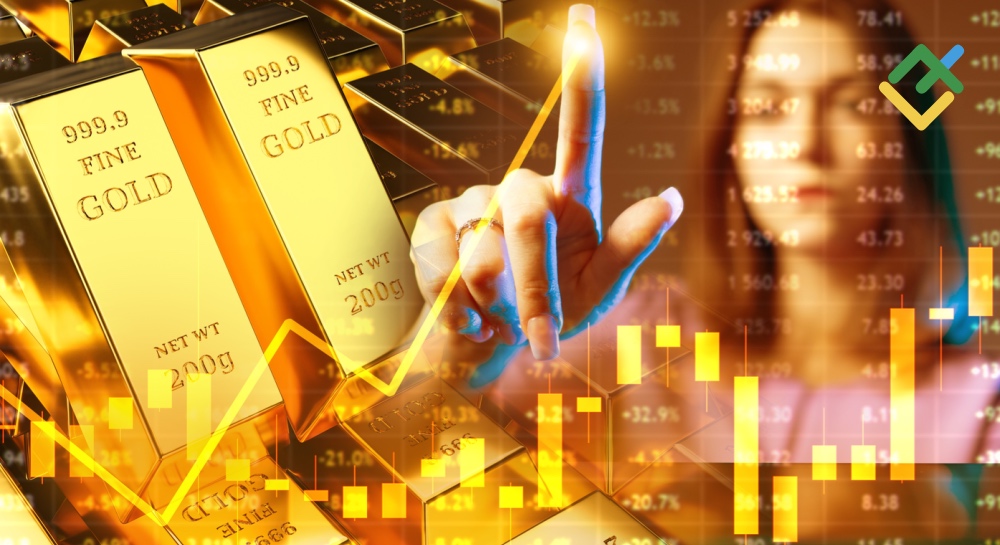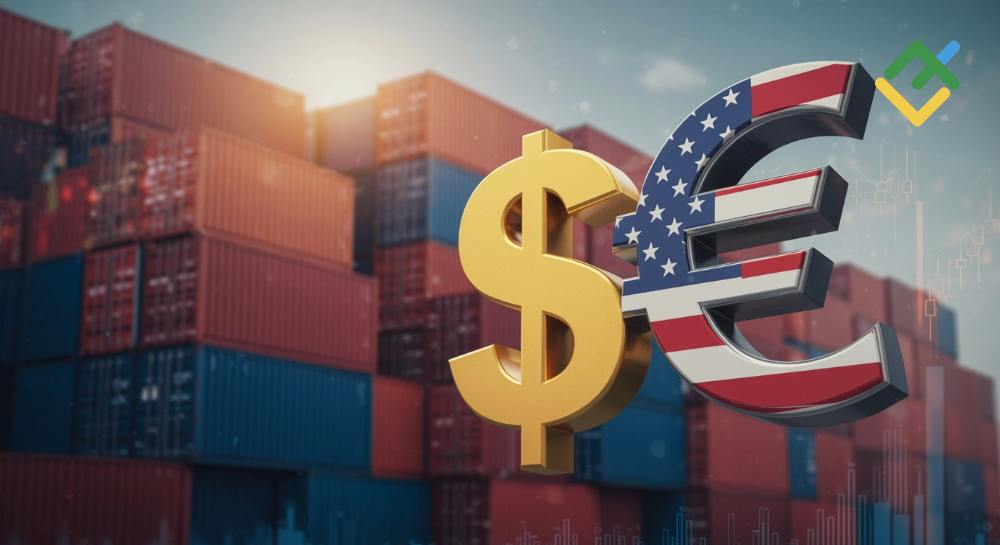In 2025, the Forex market is no longer just about interest rates, inflation data, and trade balances. It’s about understanding political shockwaves, military buildups, energy wars, and unexpected diplomatic tensions. Traders today need to decode complex global events in real time—and that’s where AI geopolitical risk forecasting enters the scene.
AI geopolitical risk forecasting is becoming a cornerstone in the world of AI in Forex trading. With rising tensions across regions like the Middle East, Eastern Europe, and the Indo-Pacific, currency volatility is increasingly driven by geopolitical developments. The demand for advanced geopolitical risk analysis tools has surged, with traders asking a pressing question: how accurate is AI at forecasting these events compared to human analysts?
This article explores how AI geopolitical risk forecasting works, evaluates its accuracy, and provides real-world examples of where it succeeded and where it still falls short.
Why Geopolitical Risk Now Dominates Forex Volatility?
Currency markets are more reactive than ever to political uncertainty. Wars, sanctions, election shocks, and regime changes send forex pairs into turbulence within seconds. The forex volatility from global events is often more impactful than economic indicators.
Traditional analysis methods—manual reading of news, historical comparisons, and expert judgment—struggle to keep pace. AI in Forex trading offers speed, pattern recognition, and the ability to process massive, multi-language data from various sources including social media, press briefings, satellite images, and trade flows.
Geopolitical risk analysis tools powered by AI can now:
- Scan and interpret thousands of news articles per hour
- Perform real-time sentiment analysis on political speeches
- Detect correlations between military movement and currency pairs
- Project likely economic fallout from geopolitical decisions
AI geopolitical risk forecasting allows traders to get ahead of market reactions by identifying potential flashpoints and understanding their likely impact on currencies.
How AI Forecasts Geopolitical Risk in the Forex Market?
AI geopolitical risk forecasting uses a blend of natural language processing, machine learning, and predictive modeling. These systems learn from historical data—such as previous wars, trade disruptions, or elections—and match current signals against those past events.
One of the key technologies behind this is machine learning in currency markets. These models absorb massive datasets, identify recurring geopolitical triggers, and calculate probability-based outcomes.
For example, if a country starts amassing troops near a border, the AI can compare this scenario with similar past incidents. It analyzes the likely impact on regional currencies, global commodities, and even interest rate expectations.
Major institutions now rely on geopolitical risk analysis tools that incorporate:
- Event detection algorithms tracking policy changes, military actions, or embargo announcements
- Sentiment scoring models that interpret tone from central bank statements or political leaders
- Global alert systems that correlate disruptions with potential currency exposure
When Iran reduced oil exports in 2024, AI tools flagged a shift in oil-trade flows and predicted a ripple effect on currencies like USD/CAD and USD/JPY. These moves were calculated based on historical behavior and real-time trade volume shifts.
Comparing AI Forecasting Accuracy to Human Analysts
While human analysts bring contextual understanding, AI systems outperform in speed, data coverage, and historical correlation. Humans may miss patterns spread across obscure media or in foreign-language sources. AI connects the dots within seconds.
When evaluating accuracy, several criteria matter:
- Speed to detection: AI reacts in milliseconds. Human interpretation takes minutes or hours.
- Breadth of data: AI reads global signals. Humans rely on a limited set of sources.
- Predictive clarity: AI can project scenarios based on dozens of variables simultaneously.
- Bias resistance: AI avoids emotional or nationalistic bias that often clouds human analysis.
In 2023, during the BRICS expansion discussions, AI models identified early market pressure on the dollar due to increased de-dollarization sentiment. While most analysts debated the political implications, AI systems were already shorting the dollar and long on commodity-linked currencies.
Still, AI geopolitical risk forecasting is not flawless. In several cases, it failed to grasp the intent behind certain actions. For instance, when India expelled Canadian diplomats in late 2024, AI flagged it as a trade war signal. In reality, it was more symbolic and had little forex impact.
Strengths of AI in Geopolitical Risk Forecasting
AI’s real power lies in its ability to handle:
- Complex correlations between political and financial systems
- Volume-heavy data from multilingual global sources
- Non-linear patterns that humans overlook
Machine learning in currency markets allows for anomaly detection. If there’s unusual port activity in the Strait of Hormuz or increased chatter on military forums in Eastern Europe, AI systems can sound early warnings for forex traders.
Benefits of using AI in Forex trading for geopolitical forecasting include:
- Reduced reliance on subjective news interpretation
- Faster trade execution based on predictive signals
- Scenario modeling for multiple outcomes (e.g., “What happens if Taiwan is invaded?”)
Many hedge funds now use these systems to hedge positions or avoid exposure before major geopolitical events unfold.
Limitations of AI Geopolitical Forecasting
Despite its power, AI has significant limitations when it comes to geopolitical intent and black swan events.
- AI struggles with sarcasm, irony, or diplomatic doublespeak.
- It cannot understand unspoken political motivations or cultural nuance.
- If data is censored or manipulated, AI output becomes misleading.
- Models overfit past patterns and may misread new, unprecedented risks.
In forex volatility from global events, AI can only predict outcomes similar to what has happened before. If a geopolitical event has no historical parallel, even the best AI systems will falter.
Additionally, AI often flags false positives. A heated speech may cause a spike in risk indicators, even if no action follows. Traders who blindly trust the AI may overreact or exit positions prematurely.
That’s why successful traders pair AI signals with human oversight. Geopolitical risk analysis tools should be seen as early-warning systems—not as crystal balls.
Real-World Example: Ukraine War and Currency Reactions
When Russia invaded Ukraine, AI geopolitical risk forecasting flagged likely impact zones on currency pairs like EUR/USD and USD/CHF well before the full-scale invasion.
Machine learning in currency markets correctly predicted:
- A surge in demand for safe-haven currencies like the Swiss franc and the dollar
- A sell-off in the euro due to energy dependence on Russia
- Higher oil-linked currency volatility (CAD, NOK, RUB)
Geopolitical risk analysis tools tracked changes in gas pipelines, troop movements, and sanctions chatter across diplomatic circles. These insights helped many funds hedge exposure early—before retail investors reacted.
However, AI models also incorrectly predicted a deeper ruble collapse, which didn’t occur due to capital controls. This shows that even advanced forecasting tools can underestimate government countermeasures.
What’s Next for AI in Forex Trading?
The future of AI geopolitical risk forecasting in Forex is evolving fast. Traders can expect more integration with:
- Live satellite feeds detecting military or resource activity
- Voice sentiment analysis of real-time press conferences
- Blockchain data tracking international trade disruptions
- Quantum computing for scenario modeling at unprecedented speed
AI in Forex trading will likely become a standard across all professional platforms. But rather than replacing analysts, it will empower them. Human-AI collaboration will remain key in interpreting and executing forecasts.
Upcoming upgrades to geopolitical risk analysis tools will focus on:
- Reducing false signals through improved contextual models
- Greater focus on emerging markets and non-Western data sources
- Tighter integration with trading algorithms for automated hedging
Forex volatility from global events is only going to increase. AI will play a larger role in preparing traders to respond smartly, rather than react emotionally.
Conclusion: Is AI Forecasting Worth Trusting in 2025?
AI geopolitical risk forecasting is proving to be a valuable weapon in a trader’s arsenal. It does not replace human analysis, but it enhances it by offering speed, depth, and breadth no person can match alone.
Traders using AI in Forex trading gain an edge—especially when it comes to anticipating forex volatility from global events. Geopolitical risk analysis tools that leverage machine learning in currency markets are becoming more accurate each year.
Still, human oversight remains essential. Political motives, cultural subtleties, and black swan risks are areas where AI still lacks full understanding.
So, how accurate is AI geopolitical risk forecasting in 2025?
It’s not perfect, but it’s getting sharper, faster, and more indispensable with each new global headline.
Click here to read our latest article What Is Causing the Global Silver Shortage in 2025?
This post is originally published on EDGE-FOREX.





